
15 May Auto-to-Manual Swap
Part one: Meet Project RSX, warts and all. (And how to go from automatic to manual.)
By Brian Gillespie
A while ago we picked up an Acura RSX as a project car. The RSX, of course, is the replacement for the Integra in the Acura line. The Integra is legendary in the minds of many of us Honda faithful. The RSX–not so much. Don’t get me wrong, the powertrain is brilliant. The Type S’ 200hp K20A2 outshines the B18C in almost every way. It’s six-speed gearbox makes using the power just that much easier. This alone probably accounts for the car’s popularity.
But a lot of people thought the suspension was a step backward. Up front are struts rather than the Integra’s double-wishbone design. Didn’t Honda say goodbye to struts way back in 1989 with the first Integra? In the rear we have what Honda calls a multi-link, double-wishbone setup. The geometry is a compromise and is set up for things like compactness and stability under braking. I think the biggest problem is the rear shocks, though; they’re mounted a little too far inboard. Wheel control is less than ideal here. The general fix is to use the stiffest spring you can find to limit wheel travel and geometry changes. Several pro racing teams use redesigned lower control arms to reduce toe-in on compression, and mount the shocks farther away to fix the problem. That type of fabrication is a little beyond the average enthusiast. Still, the car handles better than most, and can be made fast.
With a six-speed transmission and a 200hp K20A2 standard in the Type S, you’d think I’d have bought one of those. Guess again. Project RSX is a lowly base model with the measly 160hp K20A3 engine and power-robbing automatic transmission. The body is a little beat and the interior is ragged, but for $3,000 and the Type S still selling for two-to-three times that, it seemed like a good deal.
It’s not pretty, but at least there was no evidence of major body damage. All in all, good project car material. The exterior has mystery dents all over. It looks like the somebody tried to move heavy furniture by strapping it to the roof and hood while driving over potholes. There were some half-hearted efforts to get the car ready for paint, though. Dents were ground down to bare metal, trim was removed, and emblems were pulled off. Also, for some unknown reason, the A/C lines and radiator hoses were disconnected.
I think the car belonged to a 17-year-old girl. Inside it smelled like the perfume counter at Forever 21. The side of the car was keyed. No doubt some high school drama was going on here.
Leather interiors and the Arizona sun don’t play well together. It looks like the car was kept outside with the windows rolled up to concentrate the heat inside the car. The leather is cracked and the foam is starting to disintegrate. A seat change is on the list of mods.
The goal with this project car is to create a decent weekend track car and street cruiser. We’re going to make it a little faster, handle a little better, and look like something fun to drive and own. With each modification, we’ll take the car to the track and see if we’re making a positive difference. First up on our to-do list: ditch the automatic transmission. The slushbox eats horsepower, and with a measly 160 of them, we need every poney we have.
The automatic transmission decreases horsepower in three ways: First, because of its viscous coupling that connects the engine to the transmission. Slippage here allows for a smooth take-off from stops, but also means less of that horsepower is making it to the wheels. Second, the transmission pumps fluid to engage and disengage its clutch packs in order to shift its gears. Creating hydraulic pressure eats horsepower, too. Third are the clutch drums. These take the place of gears in the transmission and weigh a whole lot more. More horsepower is required to turn clutch drums than a manual transmission’s gears. The first step for more performance with Project RSX then is swapping from the automatic transmission to a manual one.
first let’s talk about transmission choices.
To keep it simple, you could always just go with the transmission Honda would’ve used had they built your base-model RSX as a manual. That means a five-speed transmission, though. Unless you want to add work and you’ve got an ’01-’04 RSX, use the ’01-’04 RSX base model’s five-speed transmission or the ’02-’05 Civic Si’s transmission. If you have an ’05-’06 RSX, source one from an ’05-’06 RSX. Here’s why: In 2005 Honda changed how the ECU interprets vehicle speed, first from a low-frequency vehicle speed sensor at the differential to a high-frequency vehicle speed sensor at the countershaft. You can even use a six-speed transmission if you desire, and who wouldn’t want that? The same guidelines for the five-speed hold true here: use an ’01-’04 six-speed for an ’01-’04 RSX and an ’05-’06 transmission for an ’05-’06 RSX. If the transmission you want to use doesn’t match your year RSX, there are ways around that, too. But that will have to wait for another article. Make it easy on yourself and get the right one.
About those six-speed transmissions; those mean extra wiring. There’s a reverse lockout solenoid that must be wired into place. Without it, finding fifth and sixth gears on the fly can be difficult.Installing a stock, six-speed ECU will control the reverse gear lockout, but won’t work with base-model engines. If you’re swapping the engine, too, you’re good to go. If future engine mods are in the works, then consider Hondata’s K-Pro, something from AEM, or a K-Tuner ECU. They can also be wired to control the lockout. If you’re using a five-speed ECU, don’t despair; you can get the lockout to work in a couple of different ways. More on that soon.
Whether you choose to install a five- or six-speed transmission, either will require parts from a manual-equipped RSX. Luckily, not all of the parts need to come from a six-speed car if you’re swapping in a six-speed transmission. Most of the time, the five-speed parts will do just fine. For instance, a five-speed shifter and shifter cables work fine with a six-speed transmission. The chassis will require modifications, though. To bolt the clutch pedal in you’ll need to drill some holes. The manual transmission mount won’t bolt in with a stock transmission mount. Luckily, there’s an adapter bracket for that made by Hasport.
A lot of wiring changes have to be made to the base RSX. There are changes to the car’s body harness and the engine harness. To the body harness we need to add or modify the clutch bypass, back-up lights, and cruise control. To the stock engine harness we’ll strip all the automatic transmission wiring, add new wiring for a vehicle speed sensor (or countershaft speed sensor), back-up-light switch, and reverse lockout if you have a six-speed. Sourcing the plugs for the engine harness can be difficult, so it may be easier to just buy a manual-transmission engine harness.
Below is a list of the parts you’ll need for the swap. Knowing which parts are needed and whether they’re dependent on your transmission choice should help you find stuff if you’re sourcing from a salvage yard. If you can find a freshly killed RSX at the yard, you might be able to make a deal for everything in one purchase. If you can’t, I’d suggest using a website like www.hondaautomotiveparts.com or www.acuraautomotiveparts.org. Both offer a healthy discount for new parts. Unless you’ve got a shop, this is probably the best deal on parts you’ll find. I’ll go into a little more detail on the individual parts in the next two parts of the article, but here’s the list for now:
Five- or six-speed manual transmission (do yourself a favor and get one from the same year as your car).
Manual-transmission RSX or ’02-’05 Civic Si ECU (like the transmission, use the correct year for your car).
Five- or six-speed vehicle speed sensor (if your transmission uses a vehicle speed sensor, get the right one).
Rear transmission bracket (Honda PN 50827-S7C-000).
Transmission conversion mount or bracket—this isn’t a direct bolt-in.
Clutch, throwout bearing, and flywheel. Any K-series flywheel will work with its matching clutch.
Flywheel bolts (Acura PN 90011-PNA-B00).
Pressure plate bolts (Honda/Acura PN 90034-689-000).
RSX or ’01-’05 Civic Si clutch pedal.
RSX or ’01-’05 Civic Si brake pedal.
RSX or ’01-’05 Civic (non-Si) shifter mechanism and hardware.
RSX shifter cables and hardware.
RSX center console garnish with shift lever boot.
K20A manual-transmission intermediate shaft and hardware.
RSX clutch master cylinder and reservoir.
K-series clutch slave cylinder.
RSX hard and soft clutch fluid lines.
Various electrical connectors for modifying the engine and cabin harnesses.
Manual instrument cluster (optional, but handy).
Next up: Part two with electrical modifications and more.

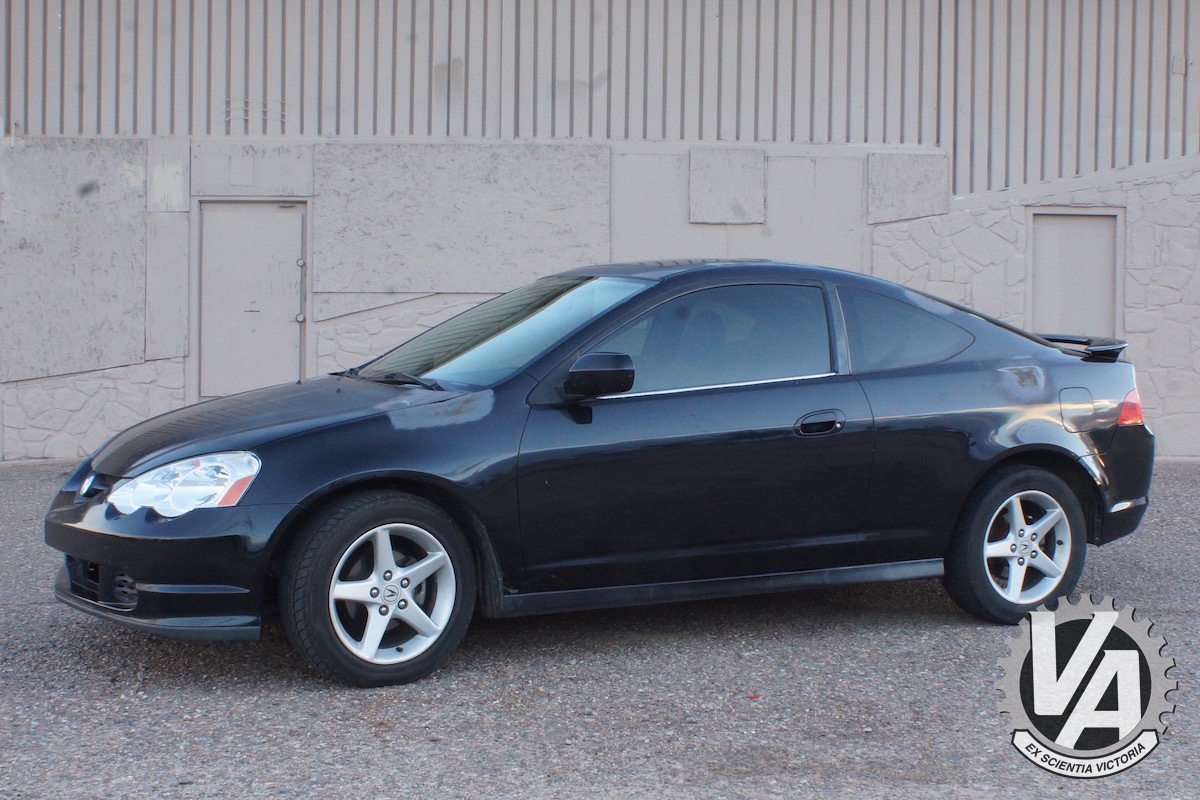
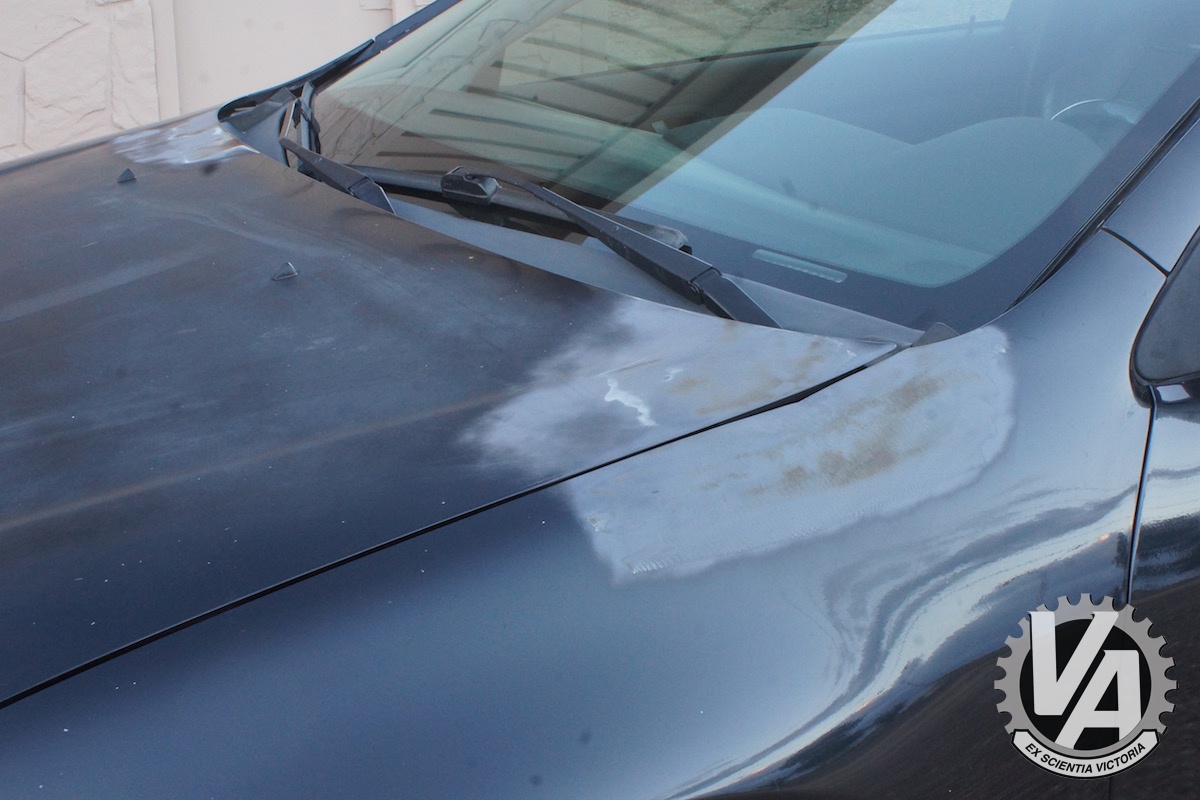
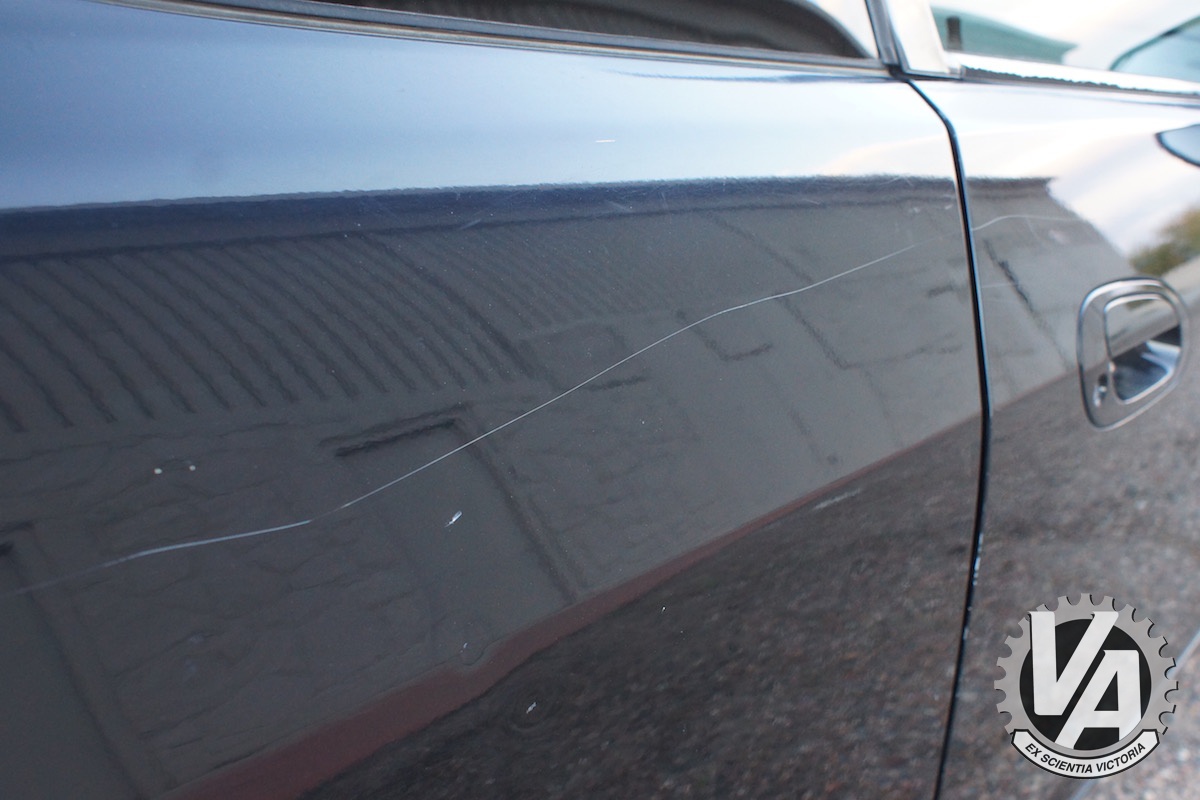
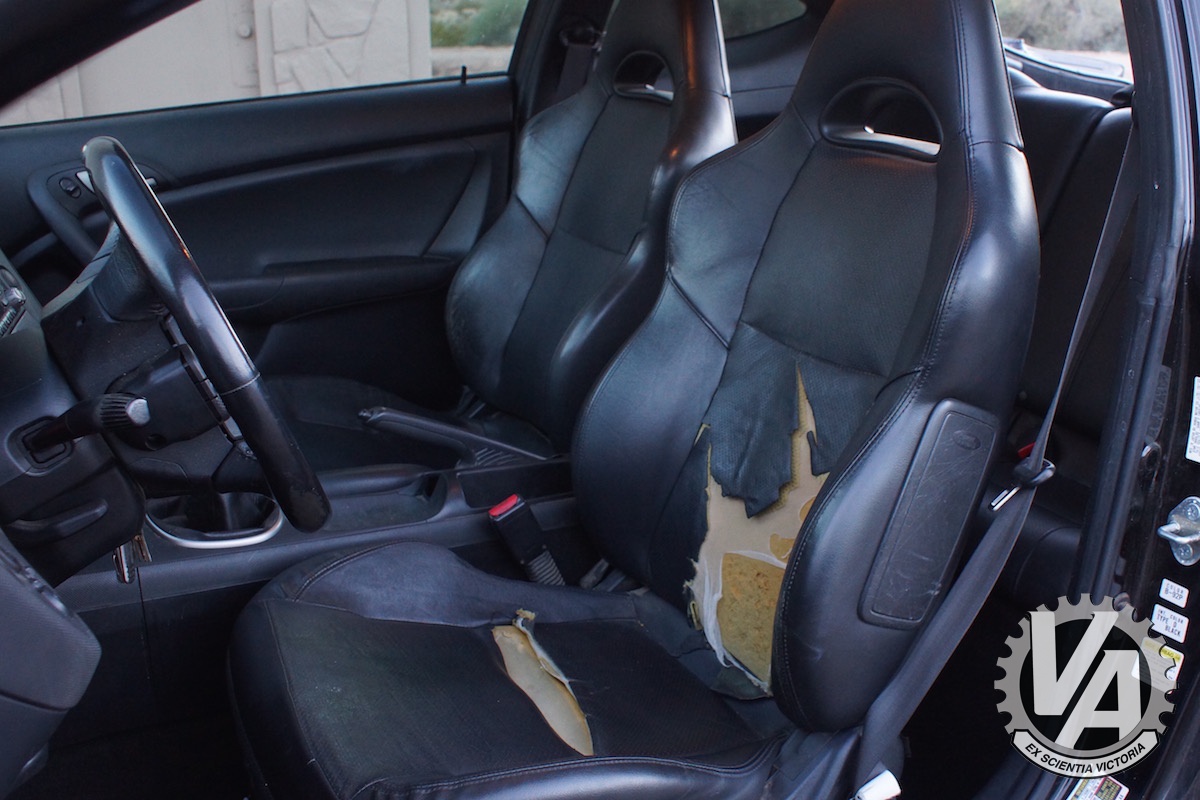
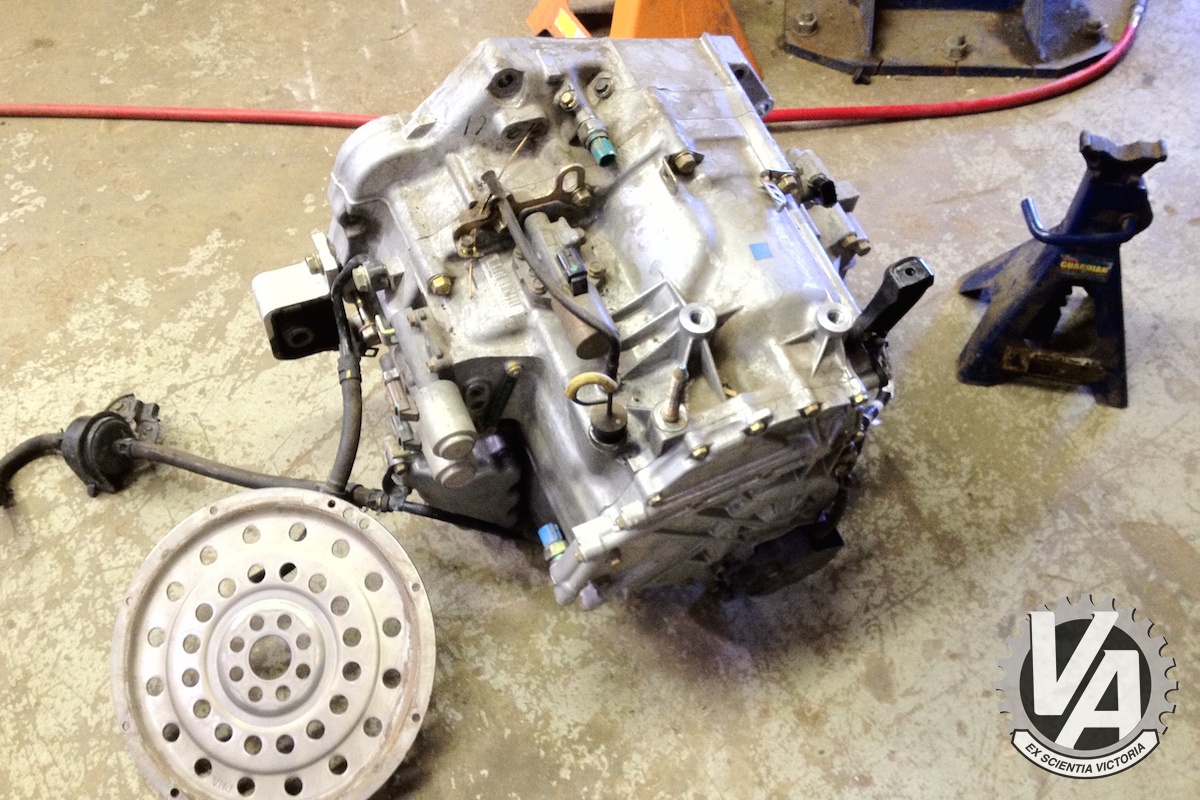
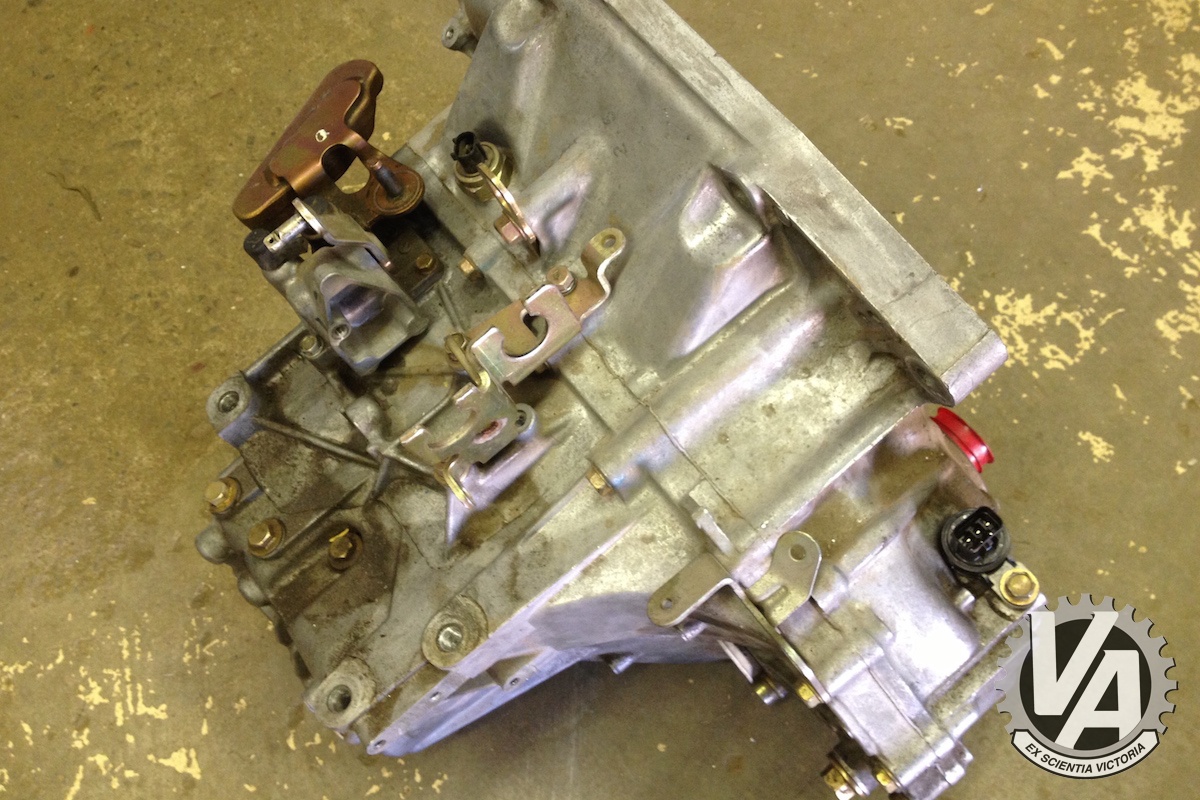
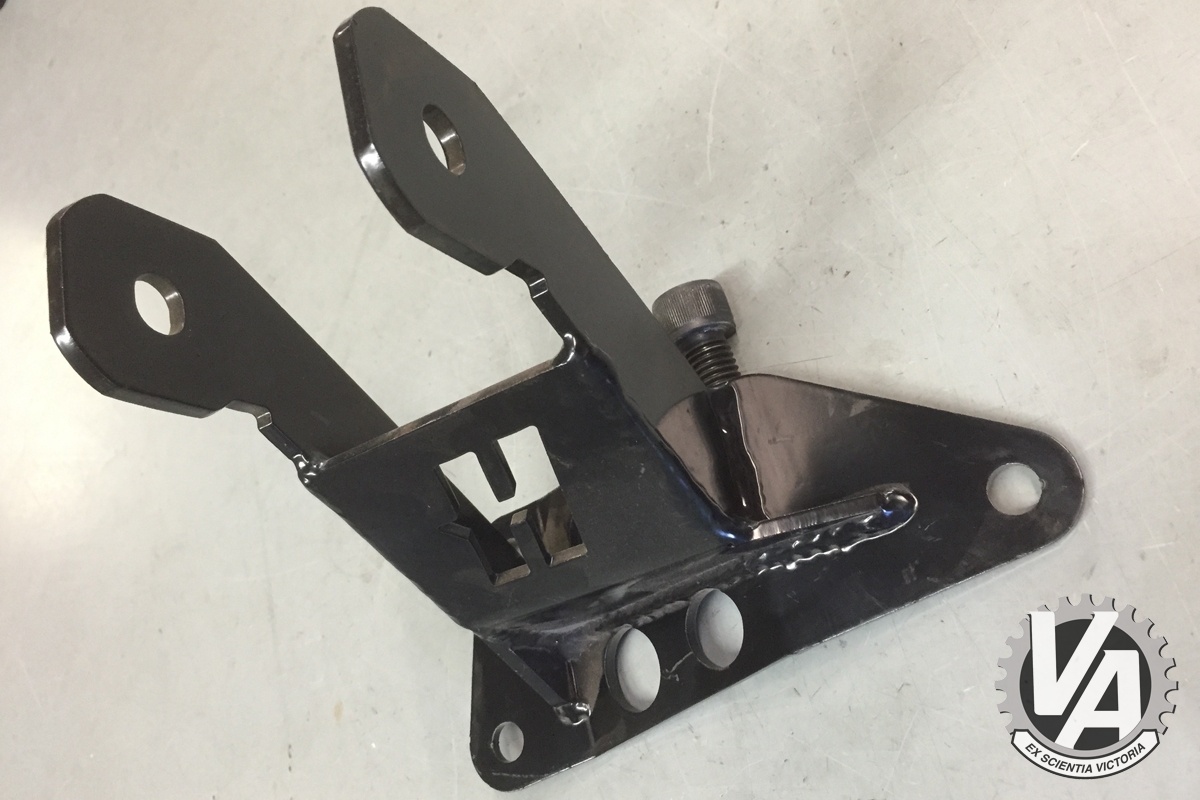
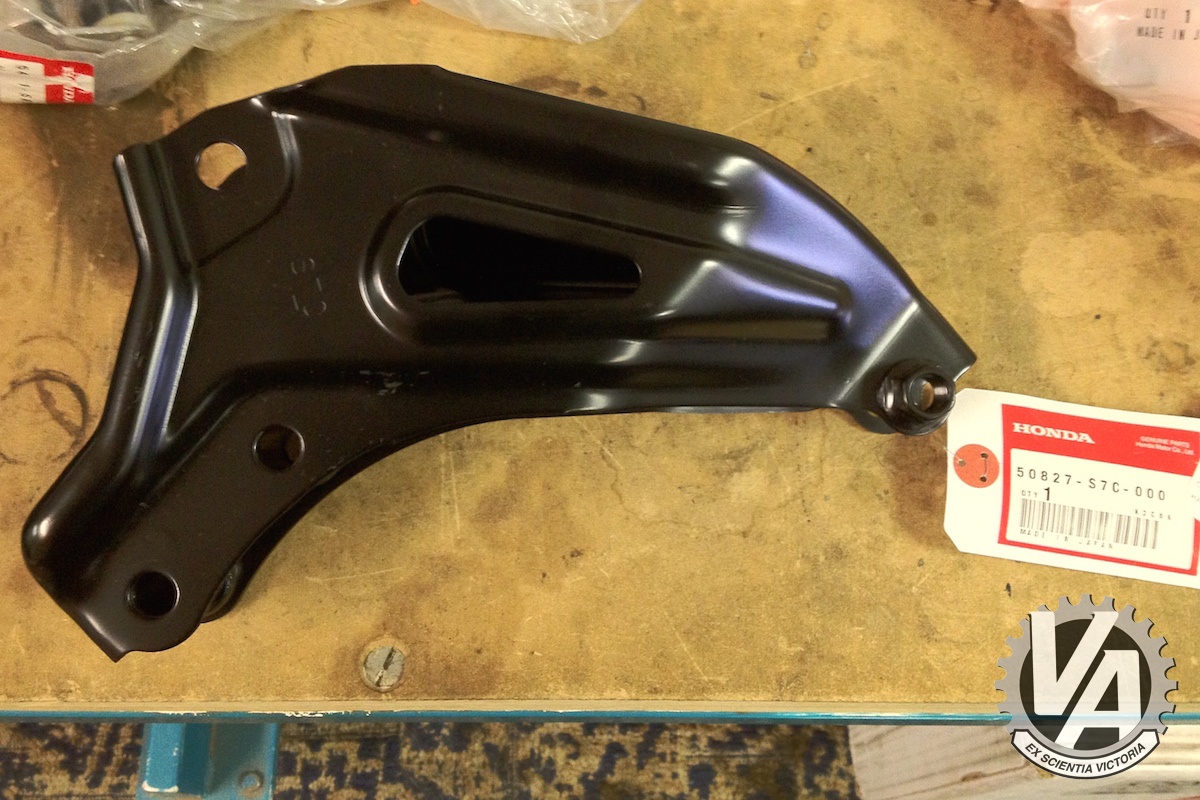
No Comments